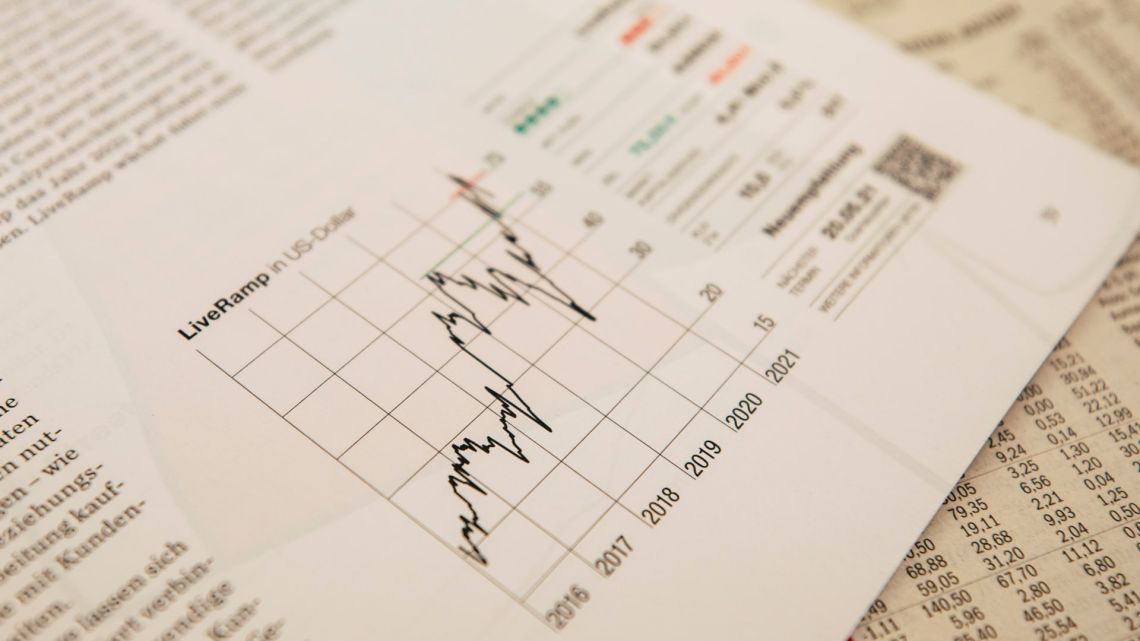
The implementation of emergency-savings provisions in retirement plans is moving at a slow pace, despite the changes brought by the Secure 2.0 laws at the beginning of the year.
Uncertainty and Adoption
According to David Amendola, senior director of retirement at WTW, there is still a lot of uncertainty surrounding the adoption of these provisions. It is expected that appreciable adoption will not occur for some time.
IRS Guidance
To clarify some of the uncertainty, the IRS released guidance on how the plans are expected to work and how companies can prevent employees from abusing the provisions for employer matches of contributions.
Pension-Linked Emergency Savings Account (Plesa)
The government envisions the implementation of a pension-linked emergency savings account, similar to a health savings account (HSA). This account, known as a Plesa, will allow workers who make less than $155,000 to contribute after-tax dollars into an emergency fund. The funds can be invested and grow tax-free in a separate Roth-like account. Employers will match these contributions at the same rate as retirement contributions.
Withdrawal and Contribution
Workers can withdraw funds from their Plesa once a month without being taxed, as the money was already taxed upon contribution. They can then replenish the funds up to the contribution cap of $2,500. For example, if a person puts in $2,500 and withdraws $500, they can later add another $500 to the account.
IRS Clarification on Matching Portion
The recent IRS clarification focused on establishing rules for the matching portion of the plan to prevent workers from abusing it. This ensures that they cannot roll money in and out of the account to maximize their benefits.
Lack of Implementation
Despite the IRS clarification, large companies and third-party record keepers have not yet started working on functional programs. However, many are closely monitoring the developments. According to Mercer, around 38% of large companies plan to add emergency-fund or employee-hardship assistance in the future, but the specific formats of these plans are yet to be determined.
Matching Funds for Student Loans
According to Amendola, many companies are prioritizing programs that contribute matching funds to help employees pay off their student loans. While these programs are gaining momentum, emergency-savings funds have been slower to develop.
Amendola comments, "It's understandable for companies to take their time in implementing these programs. Although the guidance provided by the IRS was helpful, it mainly focused on preventing abuse. Employers may want to wait for more guidance before making any decisions. This could become a game of chicken."
Financial Assistance Programs
In the meantime, employees who are facing unexpected expenses like broken water heaters or dental emergencies often have to rely on their own resources. Mercer reveals that approximately one-third of large companies already have emergency funds or employee financial assistance programs in place. However, many of these programs are ad hoc and not covered by the Employee Retirement Income Security Act.
If your company offers an account-based plan, it will most likely encourage you to open a savings account. You can choose a financial institution of your preference or opt for one that has negotiated incentives with your company. However, it's important to note that your savings will be taxed along with any interest earned, unlike with a Roth-based Plesa account. Additionally, any cash incentives provided by your employer, even something as small as a $50 gift card, will be taxed as income.
The Benefits of Account-Based Plans
One advantage of account-based plans is their simplicity. It's easy to set up and automate your savings through these plans. The Consumer Federation of America refers to this method as "Split to Save" and encourages more people to adopt it. In most workplaces, all you need to do is log into your payroll system and add another savings account where a portion of your paycheck can be diverted, either as a specific dollar amount or a percentage. With a few clicks, your money is transferred from your checking account and securely set aside for future needs.
Remember, it's important to take control of your finances and plan for unexpected expenses. Start exploring the available options provided by your company to ensure a more secure financial future.
More from Beth Pinsker













Write Your Comment